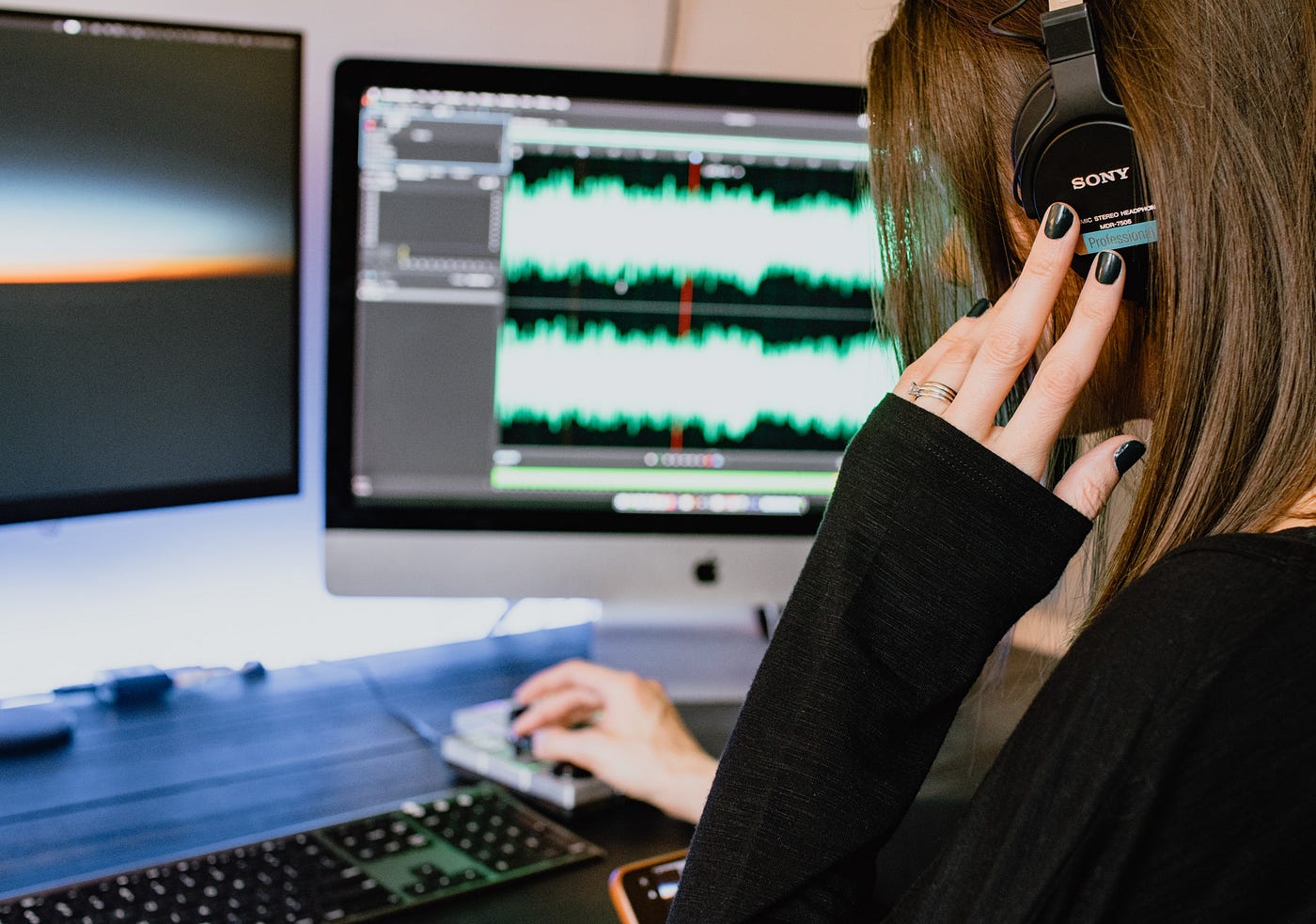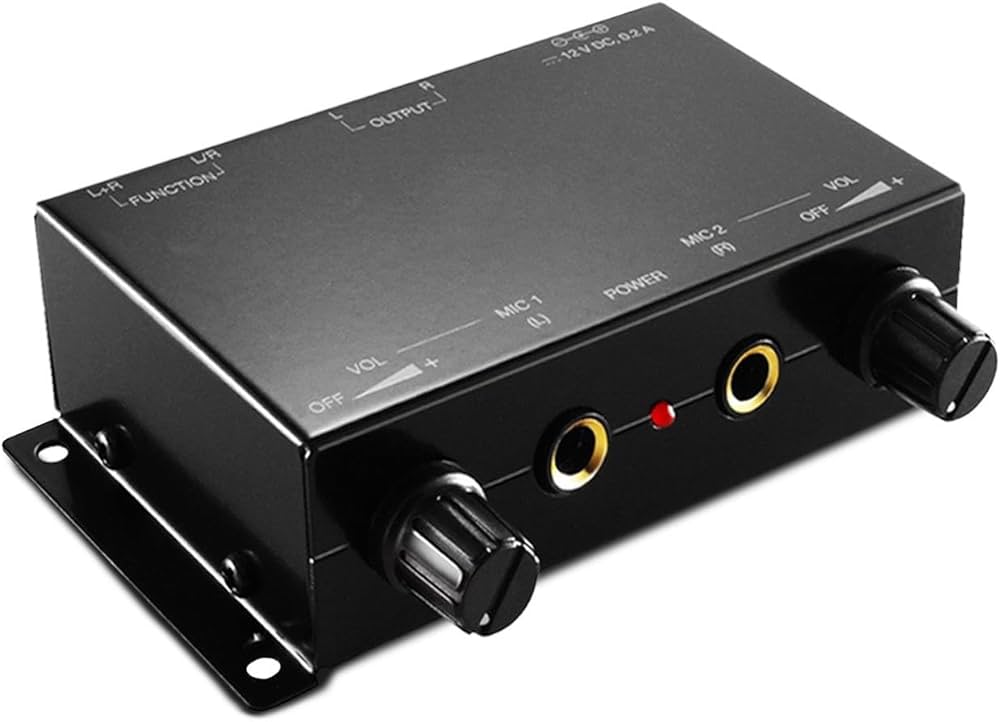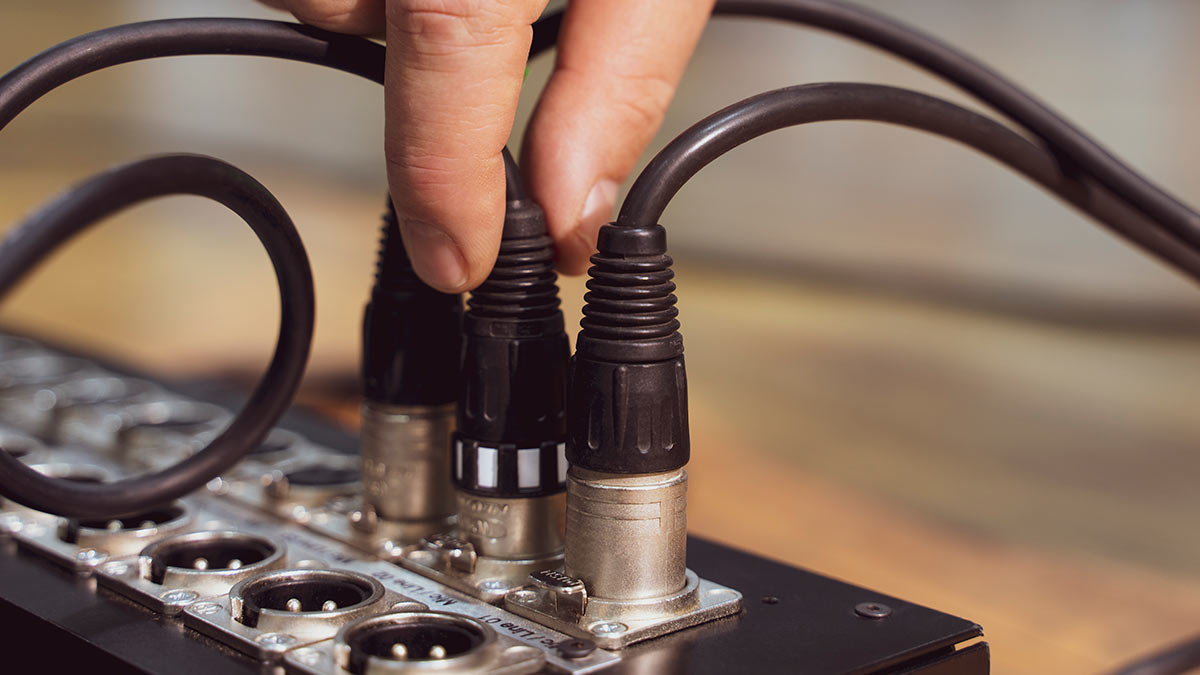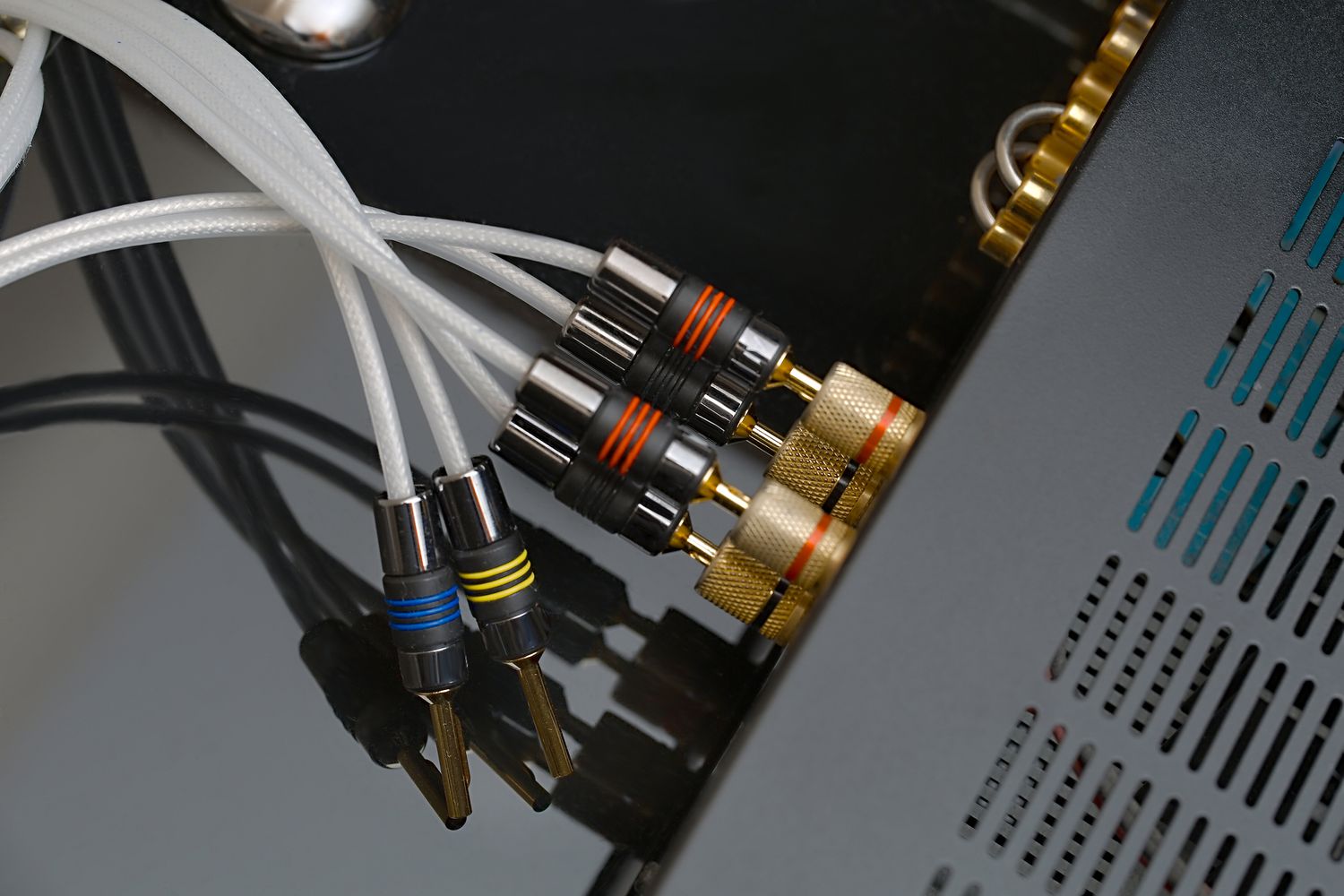Home>Production & Technology>Audio Cable>How To Use Virtual Audio Cable In Audacity
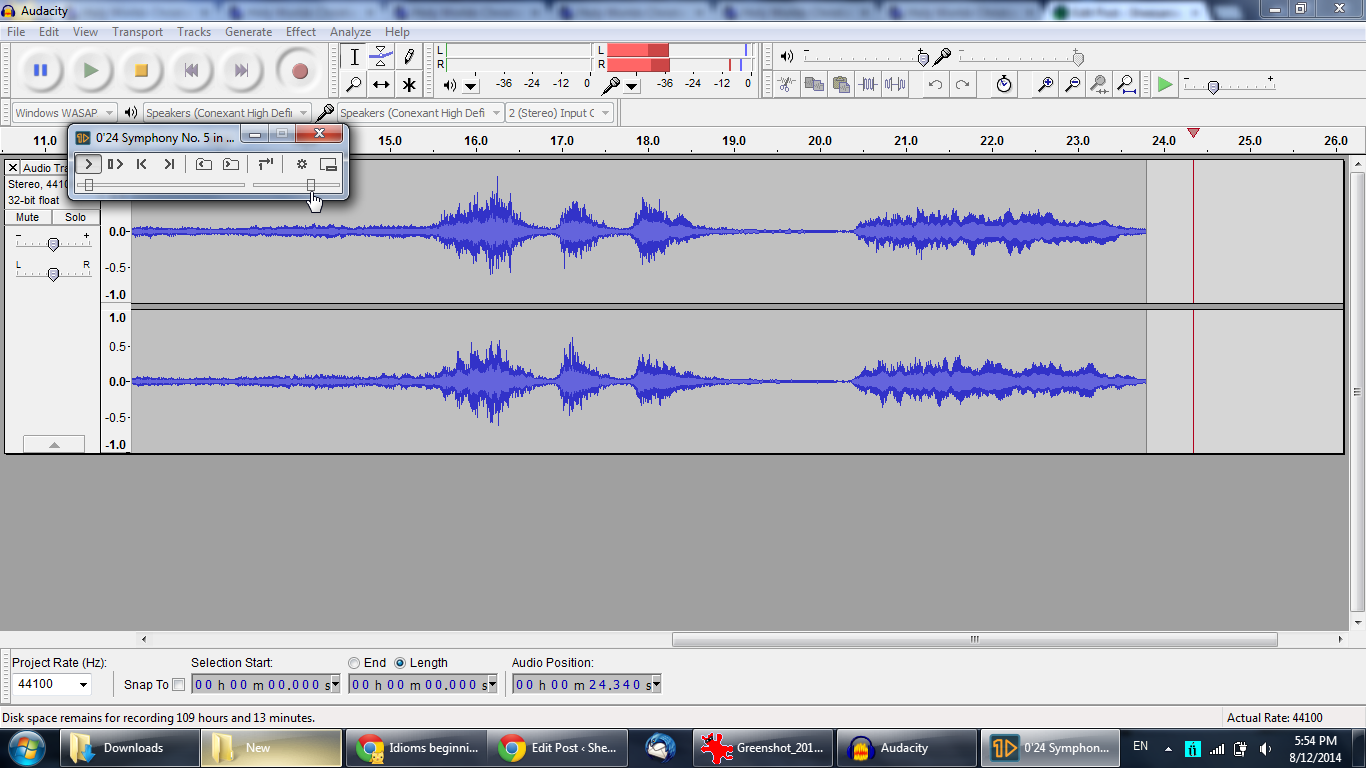

Audio Cable
How To Use Virtual Audio Cable In Audacity
Modified: January 22, 2024
Learn how to use Virtual Audio Cable in Audacity to enhance your audio experience. Connect audio devices seamlessly with this powerful software.
(Many of the links in this article redirect to a specific reviewed product. Your purchase of these products through affiliate links helps to generate commission for AudioLover.com, at no extra cost. Learn more)
Table of Contents
Introduction
Welcome to the world of audio cables! As an audio enthusiast, musician, or avid podcast listener, you may have encountered situations where you need to route your audio signals in creative ways. That’s where Virtual Audio Cable comes in. Whether you want to record audio from one application into another or create complex audio setups, Virtual Audio Cable offers a flexible and powerful solution.
Virtual Audio Cable is a software application that allows you to create virtual audio devices to route audio signals between different software programs running on your computer. With its intuitive interface and customizable options, it provides a seamless way to transfer audio between applications without the need for physical connections. You can use Virtual Audio Cable with various audio software platforms, including the popular Audacity.
In this guide, we will walk you through the process of downloading, installing, and setting up Virtual Audio Cable in Audacity. We’ll explore how to configure Virtual Audio Cable to record audio from one source and play it back in another. We’ll also provide troubleshooting tips to help you overcome any potential hurdles you might encounter along the way.
Whether you’re a podcaster looking to enhance your audio production or a musician wanting to experiment with different software effects, Virtual Audio Cable is your gateway to endless audio routing possibilities. So, let’s dive in and unleash the full potential of Virtual Audio Cable in Audacity!
Downloading and Installing Virtual Audio Cable
To get started with Virtual Audio Cable, you’ll need to download and install the software on your computer. Follow these steps to begin:
- Visit the official website of Virtual Audio Cable (https://www.virtualaudiocable.net/) and navigate to the “Downloads” section.
- Choose the appropriate version of Virtual Audio Cable for your operating system (Windows XP, Vista, 7, 8, or 10).
- Once you’ve selected the correct version, click on the download link to initiate the download process.
Once the file has finished downloading, locate the installation file on your computer and double-click on it to begin the installation wizard. Follow the on-screen prompts to install Virtual Audio Cable. After the installation is complete, you’re now ready to set it up in Audacity.
Note: Virtual Audio Cable offers a free trial version with limited functionality. If you find the software beneficial, consider purchasing the full version to unlock additional features and support the developers.
Now that Virtual Audio Cable is installed on your computer, we’ll move on to the next section to learn how to set it up in Audacity.
Setting Up Virtual Audio Cable in Audacity
Before we begin setting up Virtual Audio Cable in Audacity, make sure you have both applications installed on your computer. If you haven’t already, you can download Audacity from its official website.
Now, let’s dive into the steps for setting up Virtual Audio Cable in Audacity:
- Launch Audacity on your computer.
- In the top menu, navigate to “Edit” and select “Preferences”.
- In the Preferences window, click on the “Devices” tab.
- Under the “Playback” section, select “CABLE Input” from the drop-down menu. This will route the audio output from Virtual Audio Cable to Audacity for playback.
- Under the “Recording” section, select “CABLE Output” from the drop-down menu. This will enable Audacity to capture audio input from Virtual Audio Cable.
- Click on the “OK” button to save the changes.
With these settings in place, Audacity will now be able to send and receive audio signals through Virtual Audio Cable. You can now proceed to configure Virtual Audio Cable for recording audio from one source and playing it back in another, which we’ll cover in the next section.
Note: It’s important to ensure that both Audacity and Virtual Audio Cable are running simultaneously for seamless audio routing.
Configuring Virtual Audio Cable for Recording
Now that you have Virtual Audio Cable set up in Audacity, it’s time to configure it for recording audio from one application and sending it to another. Follow these steps to get started:
- Launch the Virtual Audio Cable control panel. You can typically find it in the Windows system tray or by searching for “Virtual Audio Cable” in the Start menu.
- In the Virtual Audio Cable control panel, you’ll see a set of cables labeled “Cable 1”, “Cable 2”, and so on.
- Select an available virtual cable by clicking on it. For example, let’s choose “Cable 1”.
- In the “Wave In” section, select the audio source you want to record from. This can be your microphone, an audio player, or any other application that produces audio.
- In the “Wave Out” section, choose “Cable Output”. This will route the audio from the selected “Wave In” source to the virtual cable.
- Click on the “Apply” or “OK” button to save the changes.
Now, any audio signal coming from the selected “Wave In” source will be routed through the virtual cable you selected. To record this audio in Audacity, follow these additional steps:
- In Audacity, click on the red record button to start recording.
- Play the audio from the application or source connected to the selected virtual cable.
- Audacity will capture the audio coming through Virtual Audio Cable and save it as a recording.
- Once you’ve finished recording, you can save the audio file in your desired format and make any necessary edits in Audacity.
With Virtual Audio Cable properly configured for recording, you can now capture audio from various sources and manipulate it in Audacity to create your desired sound recordings.
Configuring Virtual Audio Cable for Playback
In addition to recording audio, Virtual Audio Cable allows you to route audio signals for playback through different applications. Follow these steps to configure Virtual Audio Cable for playback:
- Launch the Virtual Audio Cable control panel.
- Select an available virtual cable, such as “Cable 1”.
- In the “Wave In” section, choose “Cable Input”. This will receive audio signals from other applications or sources.
- In the “Wave Out” section, select the audio output you want to route the audio to. This could be your speakers, headphones, or any other playback device.
- Click on the “Apply” or “OK” button to save the changes.
Now, any audio that is sent to the selected virtual cable will be routed to the audio output device you specified. To play audio through Virtual Audio Cable in Audacity, follow these additional steps:
- In Audacity, open the audio file or import the audio you want to play through Virtual Audio Cable.
- In the top menu, click on the “Playback” button to listen to the audio.
- Ensure that the playback device on your computer is set to the same audio output device you configured in the Virtual Audio Cable control panel.
- Press the play button in Audacity to start playback.
The audio from Audacity will be routed through Virtual Audio Cable and directed to the specified audio output device. This allows you to monitor and listen to the audio directly from Audacity.
By configuring Virtual Audio Cable for playback, you can seamlessly route audio signals between different applications, enhancing your audio production workflow and enabling you to create unique audio setups.
Troubleshooting Tips
While using Virtual Audio Cable in Audacity, you may encounter some common issues. Here are a few troubleshooting tips to help you resolve them:
- No audio signal: Double-check that you have selected the correct virtual cable in both Virtual Audio Cable and Audacity. Ensure that the audio source is properly connected and functioning.
- Audio latency or delay: Adjust the buffer settings in the Virtual Audio Cable control panel. Increasing the buffer size can help minimize latency, but it may introduce a slight delay in the audio signal.
- Audio distortion or clipping: Make sure that the audio levels in both Virtual Audio Cable and Audacity are not set too high. Lower the volume levels if you’re experiencing distortion or clipping.
- Incompatible software or drivers: Ensure that you have the latest version of Virtual Audio Cable and that your audio drivers are up to date. Outdated or incompatible software or drivers can cause compatibility issues.
- No recording or playback in Audacity: Check the device settings in Audacity’s preferences and make sure that Virtual Audio Cable is selected as the audio input and output device.
- Restart software and system: If you encounter any unexpected issues, try restarting both Virtual Audio Cable, Audacity, and your system. This can help resolve temporary glitches or conflicts.
Remember, troubleshooting audio setups can sometimes be a trial-and-error process. Don’t hesitate to experiment with different settings and configurations within Virtual Audio Cable and Audacity to find what works best for your specific needs.
If you encounter any persistent issues that you’re unable to resolve, you can visit the official Virtual Audio Cable website or consult the user forums for further assistance. The online community can provide valuable insights and solutions based on their own experiences with the software.
By following these troubleshooting tips and exploring the available resources, you’ll be able to overcome common challenges and make the most of Virtual Audio Cable in Audacity.
Conclusion
Virtual Audio Cable is a powerful tool that opens up endless possibilities for audio routing and manipulation. By integrating it with Audacity, you can create dynamic audio setups, record from multiple sources, and achieve professional-level audio production.
In this guide, we walked through the process of downloading, installing, and setting up Virtual Audio Cable in Audacity. We explored how to configure Virtual Audio Cable for recording audio from one source and playing it back in another. Additionally, we provided troubleshooting tips to help you overcome any potential issues along the way.
With Virtual Audio Cable and Audacity, you have the power to experiment with different software effects, route audio in creative ways, and enhance your audio production workflow. Whether you’re a musician, podcaster, or audio enthusiast, this combination of tools can take your projects to the next level.
Remember, as you dive deeper into the world of audio cables, continue to explore and experiment. Every project is an opportunity to learn and refine your skills. Gain inspiration from online resources, forums, and the vibrant audio community to unlock the full potential of Virtual Audio Cable in Audacity.
So, get started, unleash your creativity, and enjoy the limitless possibilities of Virtual Audio Cable in Audacity.

